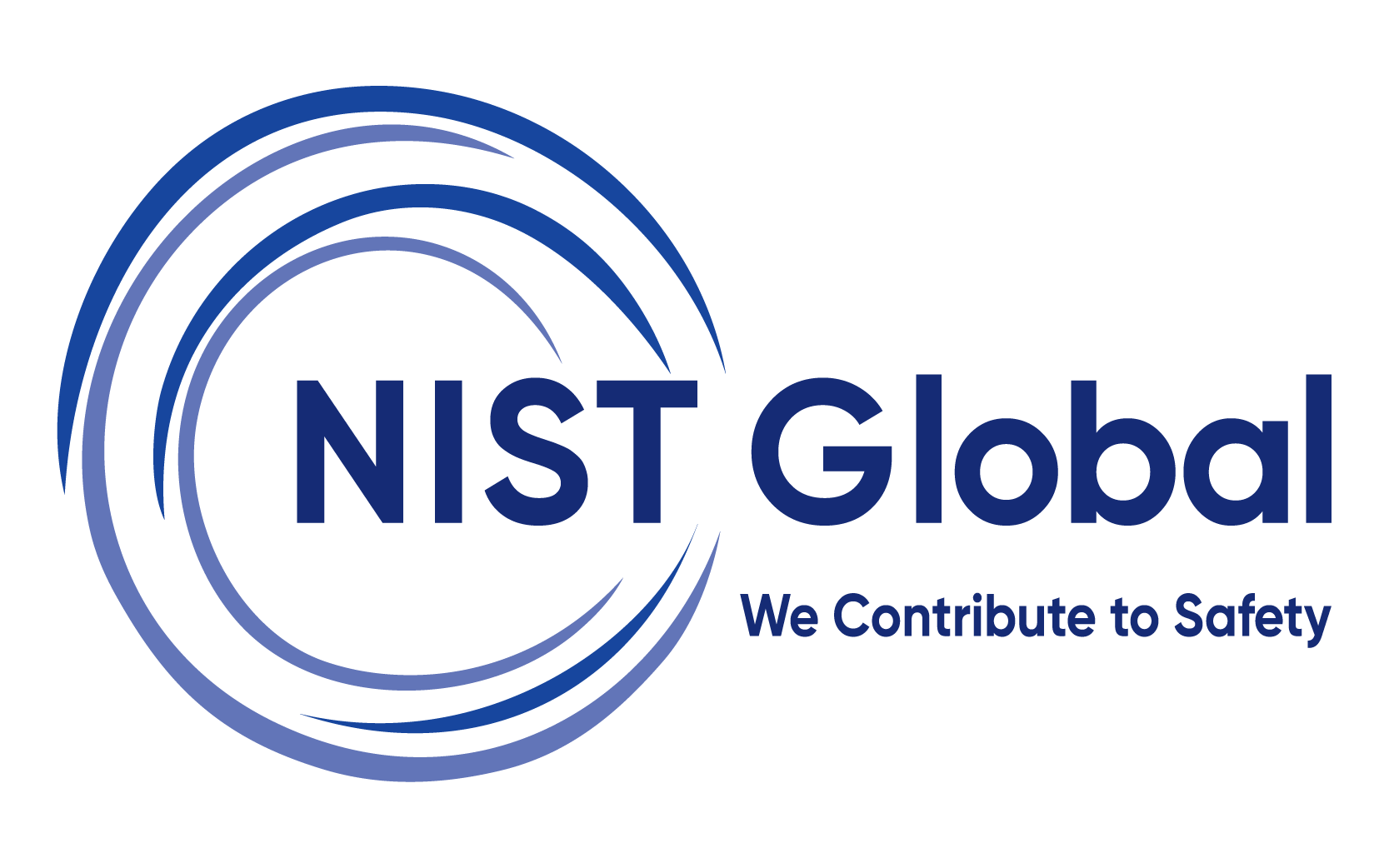Work at Height Safety
Work at Height Safety Training is an in-depth course designed in order to equip participants with the knowledge and hands-on skills required to work safely at heights. This training program addresses risks related to working at height, such as falls from ladders, scaffolding, rooftops, and other elevated surfaces, which are a some of the primary causes of workplace injuries and fatalities.
Work at Height Training
Also addresses key areas such as hazard identification, risk assessment, proper use of personal fall protection equipment (PFPE), safe scaffolding and ladder protocols for working at height, rescue plan in case of emergency, and adherence to relevant national and international safety standards.Incorporating theory with practical application, the course is suitable for sectors such as construction, utilities, oil & gas, and manufacturing which enables participants to make safer choices and become actively engaged in a zero-harm environment.
-
Duration1/2 Days
-
Training ModeVirtual/Face to Face
-
LevelIntermediate/Advance
-
LanguageEnglish and other regional languages based on availability
-
Content CustomizationClient specific/Industry specific/Site specific
Why Should Employers Invest in this Training?
- Minimizes Risk of Fatal Incidents: Falls from height are the one of the major reasons for workplace fatalities where this training directly addresses those risks.
- Ensures Legal & Regulatory Compliance: Meet & comply with national safety regulations (e.g., Factories Act, BOCW, IS standards) and avoid penalties or prosecution.
- Minimizes Downtime & Compensation Costs: Less accidents mean less disruption, which reduces insurance claims, and lower financial liability.
- Promotes Workforce Efficiency: Trained workers perform height-related tasks safely and confidently, improving job completion speed and quality.
- Improves Safety Culture and organization Reputation: Through commitment to employee welfare, enhancing morale and employer branding.
- Supports Incident-Free Project Delivery: At site as this is more crucial and difficult for industries like construction and oil & gas, where project delays due to work at height accidents may be costly.
Training Objective
Learners will acquire knowledge and skills necessary to safely perform and supervise work at height activities across various industries. Further to it they will also learn to identify and evaluate fall-related hazards, implement effective risk control measures, and correctly use personal fall protection equipment (PFPE). Additionally work at height safety training also explains about applicable legal, regulatory, and organizational safety requirements in order to ensure statutory compliance. By the end of the course, participants will be prepared to make informed decisions, respond proactively to unsafe conditions, and contribute to a strong safety culture which can contribute to reduced fall incidents in order to enhance workforce readiness.
Training Methodology
Case Study
Analysis
Knowledge
Checks
Hazard
Identification
Virtual
Mode
Final
Assesment
How Will This Training Strengthen Workforce Readiness?
This training enables workers to confidently perform elevated tasks by developing the knowledge, skills, and judgment needed to manage risks, use safety equipment properly, and respond effectively in high-risk environments.
- Improves Risk Identification skills - Where workers learn to recognize unsafe conditions before starting height-related tasks.
- Enhances Decision-Making in High-Risk Situations - Prepares teams to act quickly and correctly under pressure or during emergencies. before permit approval.
- Develops Technical Competence with Safety Equipment - Trains workers in the proper selection, inspection, and use of PFPE (harnesses, lanyards, anchor points, etc).
- Reduces Reliance on Supervision - Promotes self-reliant, responsible behaviour through awareness of best practices and legal duties.
- Prepares for Audit and Regulatory Inspections - Ensures frontline staff can demonstrate compliance and practical understanding during safety checks.
- Promotes Cross-Functional Safety Awareness - Encourages coordination between supervisors, safety officers, and workers to execute safe work plans.
- Fosters a Culture of Vigilance and Accountability - Instils proactive safety reporting and peer monitoring to prevent incidents.
- Supports Business Continuity Goals - Minimizes delays, shutdowns, or liability from fall-related incidents, keeping operations on track.
Who can take this course?
This training is designed for individuals who perform, plan, or supervise work at elevated locations. It is suitable for workers across various sectors where fall risks are present.
- Supervisors and Site In-Charges
- Maintenance and Operations Personnel Technicians
- Contractor Workforce and Subcontractors
Assessment
✅ Multiple Choice Questionnaire (MCQ)
Training Mode
Face to face training
Virtual training

